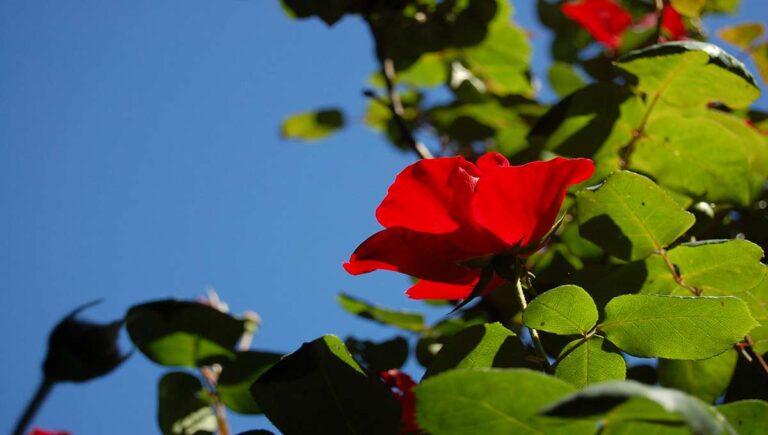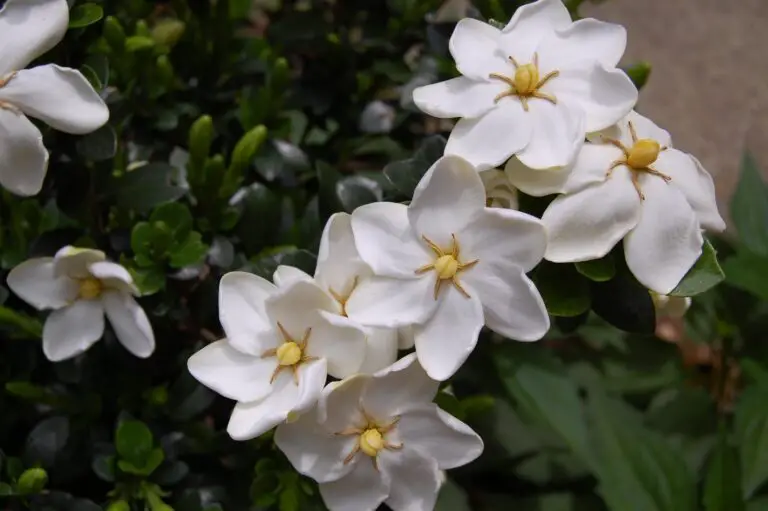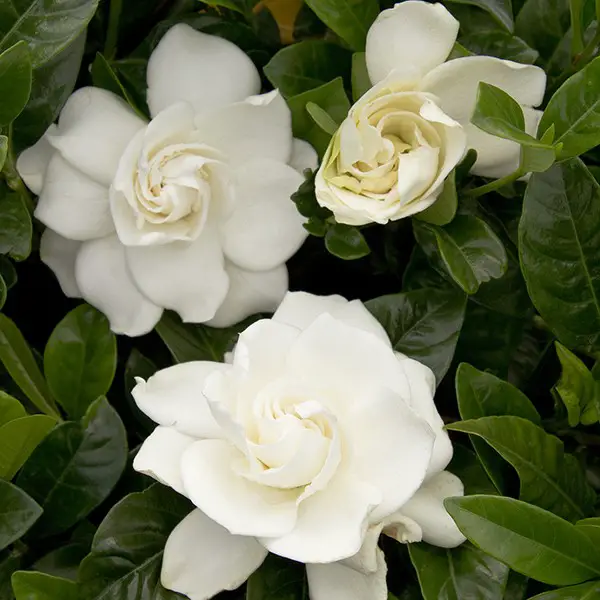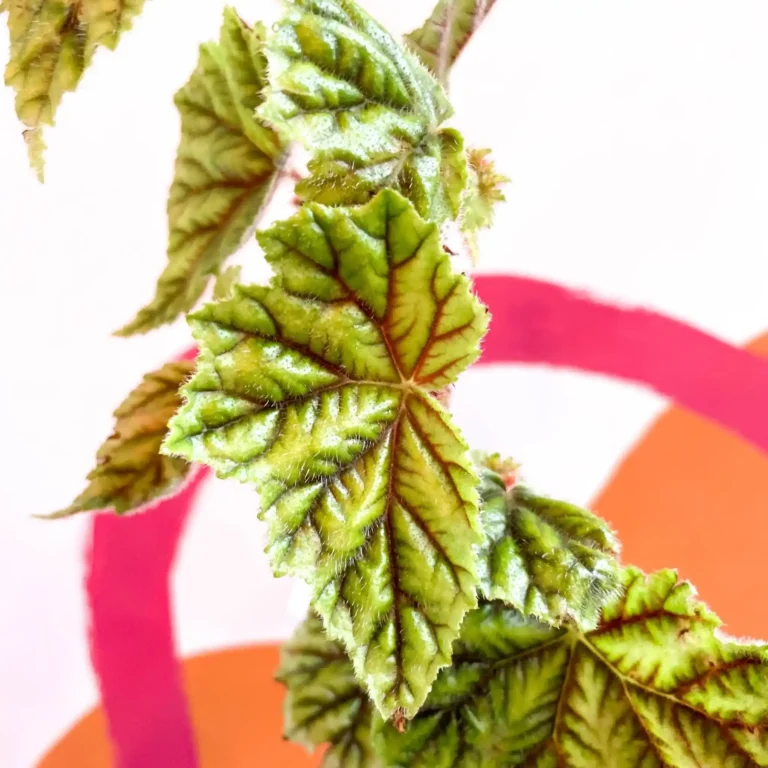Introduction
Dianthus, also known as pinks, is a genus of flowering plants that includes over 400 species. They are native to Europe and Asia and are known for their beautiful, fragrant flowers. Dianthus comes in a variety of colors, including white, pink, red, and purple.
White dianthus are a particularly popular choice for gardeners, as they add a touch of elegance and sophistication to any garden. They are also relatively easy to care for and can thrive in a variety of conditions.
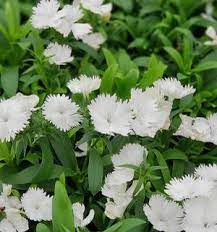
| Feature | Information |
|---|---|
| Scientific name | Dianthus deltoides |
| Common names | White dianthus, maiden pink, cheddar pink |
| Family | Caryophyllaceae |
| Type | Perennial plant |
| Height | 6-12 inches |
| Spread | 12-18 inches |
| Bloom time | Late spring to early summer |
| Flower color | White |
| Foliage | Blue-green, narrow leaves |
| Growing conditions | Full sun to partial shade, well-drained soil |
| Hardiness | Zones 3-9 |
| Uses | Rock gardens, borders, containers |
3 Amazing Succulent Plants: Explore The Beauty Of Shooting Star, Buddha’s Temple, And Watch Chain Succulents
What is White Dianthus?
White dianthus are perennial plants, meaning they come back year after year. They typically grow between 6 and 12 inches tall and have a mounding habit. White dianthus flowers are typically single or double blooms, and they have a sweet, clove-like fragrance.
- Longevity: White dianthus is known for its longevity, with some varieties living for many years if well cared for.
- Seasonal Blooms: These plants typically bloom in the spring and summer, creating a stunning display of white flowers.
- Easy Maintenance: They require relatively low maintenance, making them a popular choice for gardeners of all levels.
Growing White Dianthus
1. Choosing the Right Location
Before planting white dianthus, it’s essential to choose the right location. Here’s what you need to consider:
- Sunlight: White dianthus thrives in full sun, so select a spot in your garden that receives at least 6-8 hours of direct sunlight per day.
- Well-Drained Soil: Ensure your soil is well-drained as white dianthus doesn’t like standing in water. Amending your soil with compost can help improve drainage.
2. Planting White Dianthus
Once you’ve found the perfect spot, follow these steps for planting:
- Dig a Hole: Dig a hole twice the size of the root ball of your white dianthus plant.
- Positioning: Place the plant in the hole and make sure it’s at the same level as it was in the nursery container.
- Backfill: Fill the hole with soil and press it down gently to remove air pockets.
3. Watering and Feeding
Proper watering and feeding are crucial for white dianthus:
- Watering: Water your dianthus regularly, ensuring the soil remains consistently moist but not waterlogged.
- Fertilizing: Use a balanced, all-purpose fertilizer during the growing season to promote healthy growth and abundant blooms.
White Dianthus Care
White dianthus is relatively easy to care for, making it an excellent choice for both beginners and experienced gardeners. Here are some care tips:
1. Pruning (H2)
- Regular deadheading (removing spent flowers) will encourage the plant to produce more blooms.
- Prune back the plant after the first flush of blooms to promote a second wave of flowering.
2. Pest and Disease Control
- Keep an eye out for common garden pests like aphids and treat them promptly.
- White dianthus is generally disease-resistant, but it’s essential to maintain good garden hygiene to prevent issues.
3. Winter Protection
- In cold climates, provide a layer of mulch or cover your dianthus with a frost cloth to protect it during the winter.
White Dianthus Flowers
1. Aesthetic Appeal
The white blossoms of dianthus bring a unique aesthetic appeal to your garden. Their pure, snow-white petals are both classic and elegant, making them a popular choice for various garden styles.
2. Fragrance
One of the most delightful aspects of white dianthus is its fragrance. These flowers release a sweet and spicy scent that will enchant anyone visiting your garden.
Uses and Benefits of White Dianthus
1. Garden Borders
White dianthus works wonderfully as a border plant, providing a clean and classic look to your garden.
2. Cut Flowers
These pristine white blossoms are perfect for cut flower arrangements, adding a touch of elegance to your indoor décor.
3. Pollinator Attraction
White dianthus attracts pollinators like bees and butterflies, promoting a healthy and vibrant garden ecosystem.
4. Low-Maintenance Beauty
Their low-maintenance nature means you can enjoy their beauty without excessive effort.
Popular Varieties of White Dianthus
There are a number of popular varieties of white dianthus, including:
- Dianthus ‘Mrs. Sinkins: This variety produces large, double-white flowers with a sweet fragrance.
- Dianthus ‘White Lightnin’: This variety produces white flowers with a deep purple center.
- Dianthus ‘Arctic Fire’: This variety produces white flowers with a bright red center.

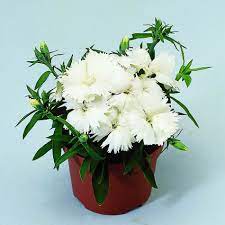

Conclusion
White dianthus are beautiful and versatile plants that can be used in a variety of ways in the garden. They are relatively easy to care for and can thrive in a variety of conditions. If you are looking for a low-maintenance plant that will add a touch of elegance and sophistication to your garden, white dianthus is a great option.

